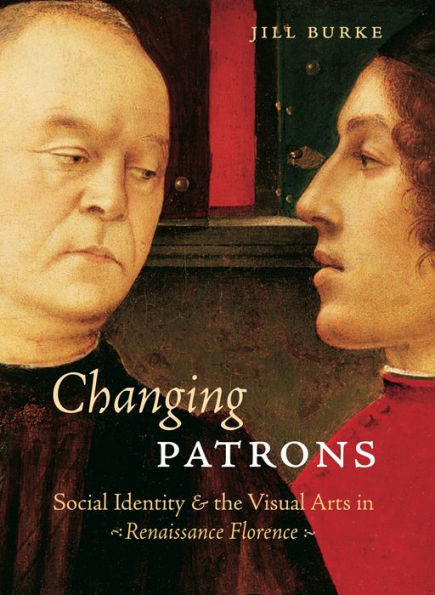Changing Patrons combines visual analysis with history and anthropology to propose new interpretations of the art created by, among others, Botticelli, Filippino Lippi, and Raphael. Genuinely interdisciplinary, the book also casts light on broad issues of identity, power relations, and the visual arts in Florence, the cradle of the Renaissance.
Changing Patrons combines visual analysis with history and anthropology to propose new interpretations of the art created by, among others, Botticelli, Filippino Lippi, and Raphael. Genuinely interdisciplinary, the book also casts light on broad issues of identity, power relations, and the visual arts in Florence, the cradle of the Renaissance.

Changing Patrons: Social Identity and the Visual Arts in Renaissance Florence
296
Changing Patrons: Social Identity and the Visual Arts in Renaissance Florence
296
Product Details
| ISBN-13: | 9780271023625 |
|---|---|
| Publisher: | Penn State University Press |
| Publication date: | 05/13/2004 |
| Pages: | 296 |
| Product dimensions: | 7.00(w) x 10.00(h) x 1.07(d) |
